Northern Vietnam
Hanoi Captital
Mai Chau
For adrenaline junkies, a motorbike ride on the rugged O Quy Ho Pass will definitely be an unforgettable adventure. You can experience the thrill of navigating through all the sharp turns while taking in the majestic panorama of Sapa’s mountains and forests.
As a section of National Highway 4D, the legendary O Quy Ho Pass carves its way through the Hoang Lien Son mountain range, connecting Lao Cai and Lai Chau Provinces. Stretching over 50 kilometers with many sharp bends, O Quy Ho is the longest mountain pass in Vietnam.
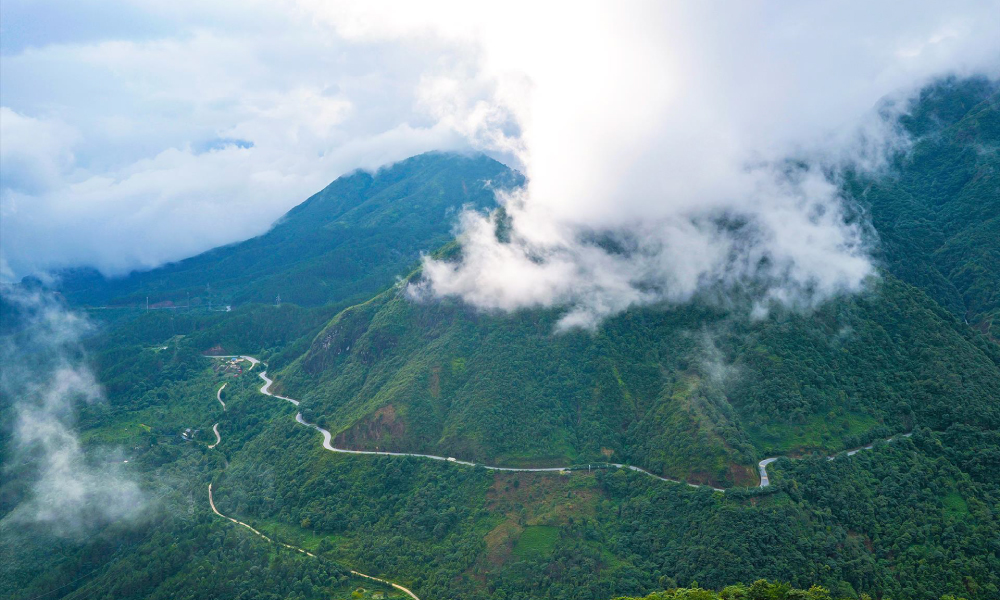
Along with Ma Pi Leng Pass (Ha Giang), Pha Din Pass (Son La and Dien Bien), and Khau Pha Pass (Yen Bai), O Quy Ho Pass is considered the “king” of the “four great mountain passes” in Northwest Vietnam.
For generations, locals in Lao Cai have shared a captivating love story tied to the famous O Quy Ho Pass.
The story goes that there was once a woodcutter named O Quy Ho, son of the Mountain God, who chose to become mortal because he fell in love with the highland Sapa. One day, at a nearby waterfall, he met and fell deeply in love with a fairy.
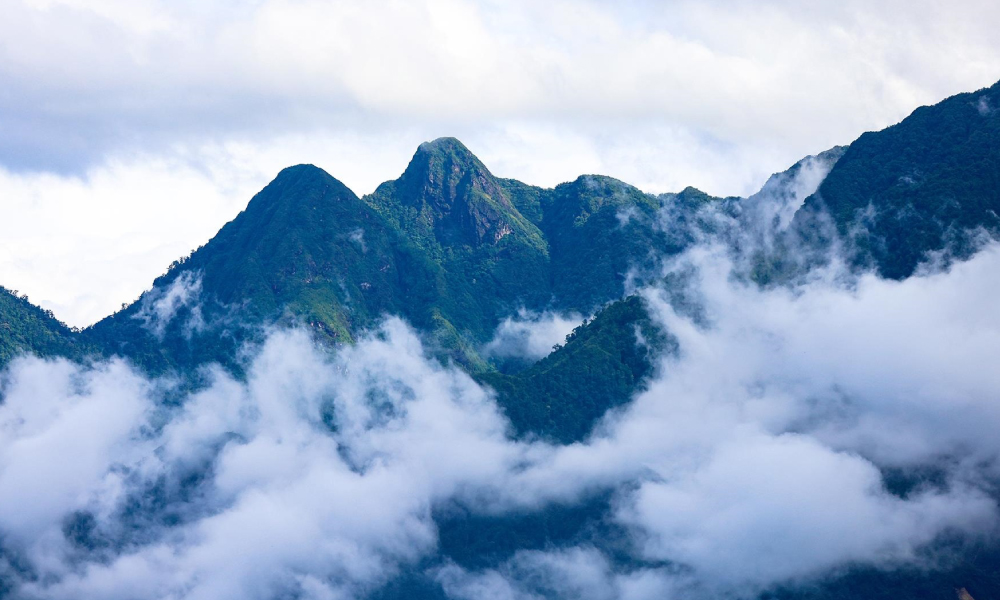
This secret love story reached the Jade Emperor, who forbade his daughter from seeing her lover again. O Quy Ho was turned into a turtle, forever wandering by the waterfall, while the fairy transformed into a small bird, still flying over the mountain pass each afternoon, crying out his name: “O Quy Ho.”
Today, O Quy Ho Pass has become a famous tourist destination in Sapa, Lao Cai. The official name of the pass is actually “Tram Ton Pass”, while locals here often call it “Hoang Lien Son Pass”.
Once a challenging and intimidating route, after being upgraded, O Quy Ho Pass has become an attractive destination a lot of travelers to conquer.
Stretching over 50 km, with approximately two-thirds lying in Tam Duong District, Lai Chau, and the remainder in Sapa Town, Lao Cai, O Quy Ho remains a true test for long-distance drivers. Its dramatic landscape, with a deep abyss on one side and a steep cliff on the other, promises both breathtaking views and an exhilarating drive.
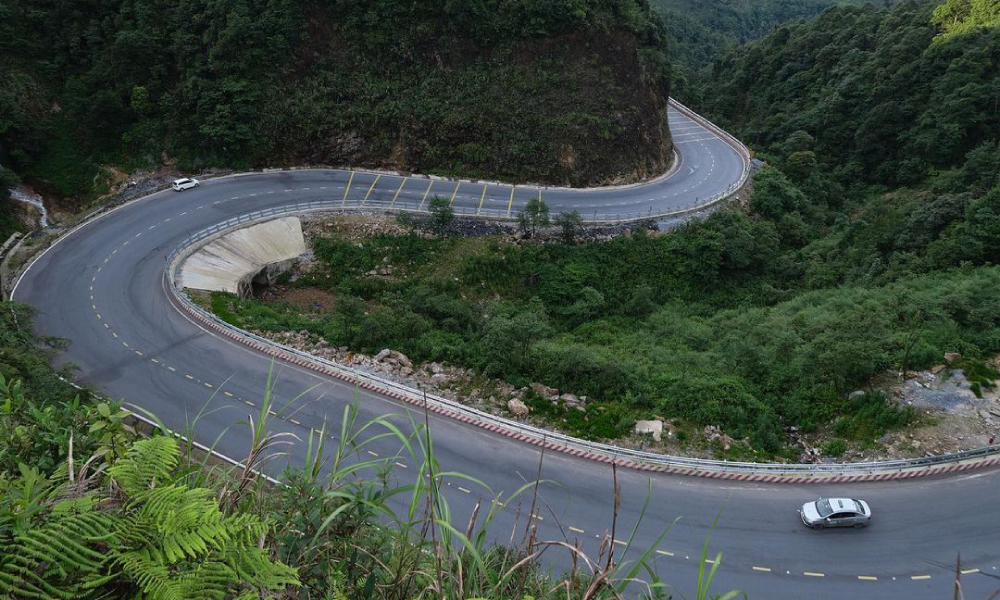
Driving through the winding turns on O Quy Ho, visitors can breathe in the fresh mountain air and let their eyes be drawn to the endlessly rolling Sapa mountains, embraced by mist and clouds. This ethereal landscape has earned the pass another name: “Cloud Pass”.
In the late afternoons, standing at the summit of O Quy Ho Pass, you’re treated to a truly magical scene: white clouds gather around the mountaintops then gracefully descend, pouring into the valleys below, like a gigantic, soft cotton blanket falling down on the mountains and forests.

O Quy Ho Pass is conveniently located on Highway 4D, just about 15 kilometers from Sapa Town. Getting there is straightforward: simply follow Dien Bien Phu Street from the town, pass the Silver Waterfall, and continue straight to reach the top of the pass.
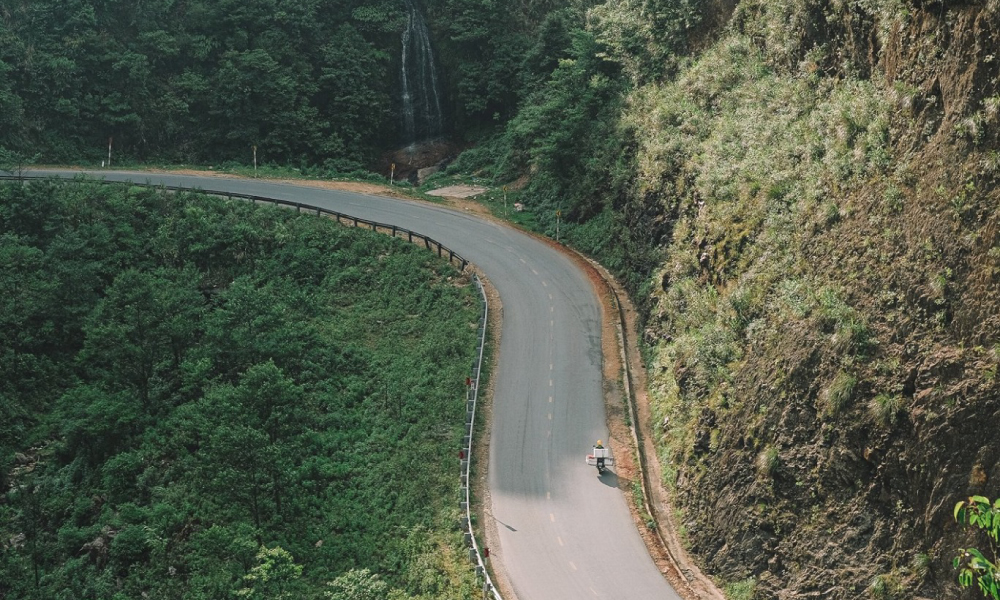
You can rent motorbikes in Sapa or, for a truly worry-free experience, consider Fola Travel’s Sapa tours. Our all-inclusive packages include experienced easy-riders, ensuring a safe and comfortable trip as you explore Sapa and O Quy Ho Pass. We’ll also handle all your food, accommodation, and entrance tickets, letting you completely relax and soak in Sapa’s stunning natural beauty.
See more: The best Sapa travel packages for 2025.
Nestled within the majestic Hoang Lien Son mountain range, O Quy Ho Pass enjoys a cool climate all year, making it an inviting destination whenever you decide to visit. The real charm lies in how the mountains and forests of Sapa shift with every changing season.
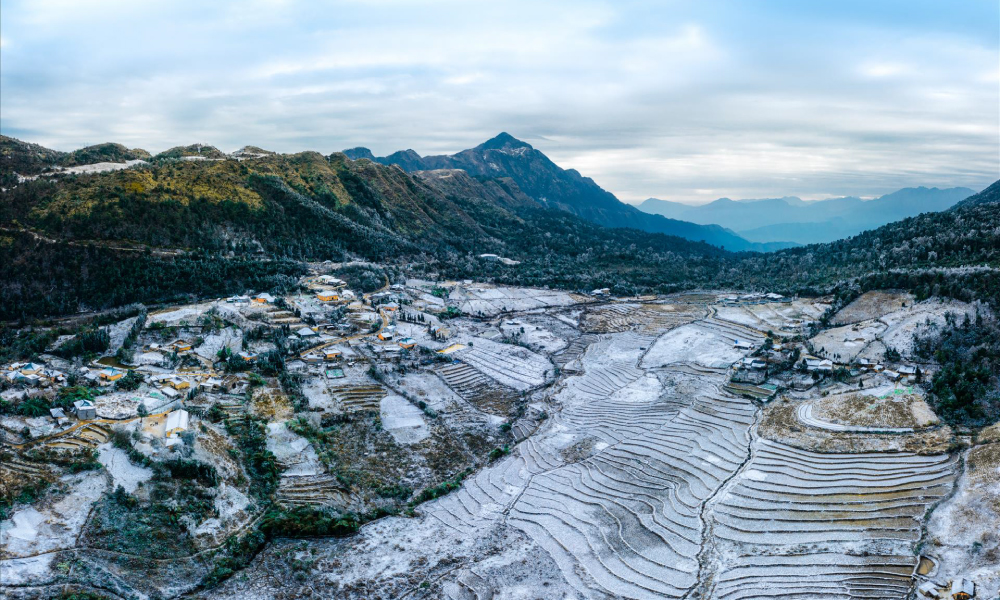
O Quy Ho Pass, located in Vietnam’s Northwest highlands, offers scenery that changes quite a bit throughout a single day.

Riding a motorbike through O Quy Ho Pass is on the bucket list for many adventurous travelers. As Vietnam’s longest and most challenging mountain pass, every sharp turn here will bring you an incredibly thrilling, and yes, even a little scary, sensation you could never forget.
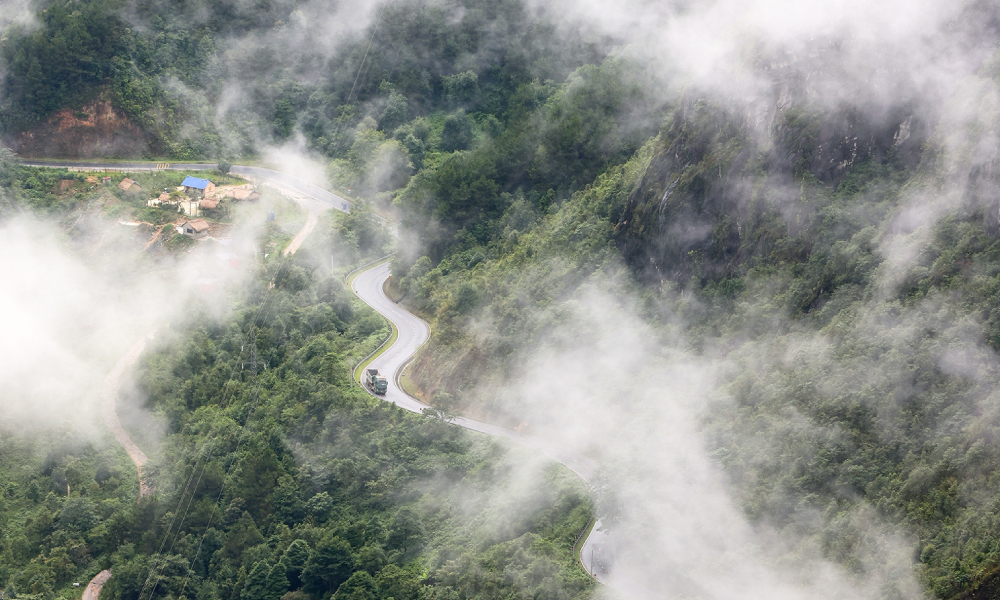
At 2035 meters above sea level on the summit of O Quy Ho Pass, Heaven’s Gate is an ideal eco-tourism spot, renowned for its incredible “cloud hunting” and photo opportunities. Here, the Northwest mountains are enveloped in a sea of floating clouds and mist, wild and majestic to the extreme, capturing the hearts of every visitor who admires it.
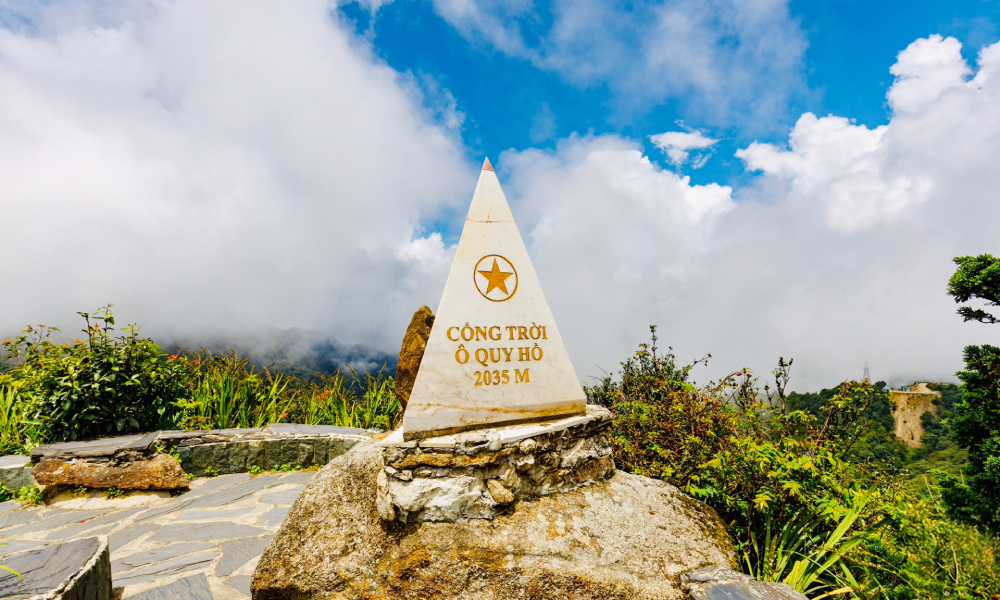
Right at the foot of O Quy Ho Pass, you’ll find the Silver Waterfall, recognized as one of Lao Cai’s most stunning waterfalls. This majestic cascade pours down day and night, leaving countless domestic and international tourists awestruck by its beauty.
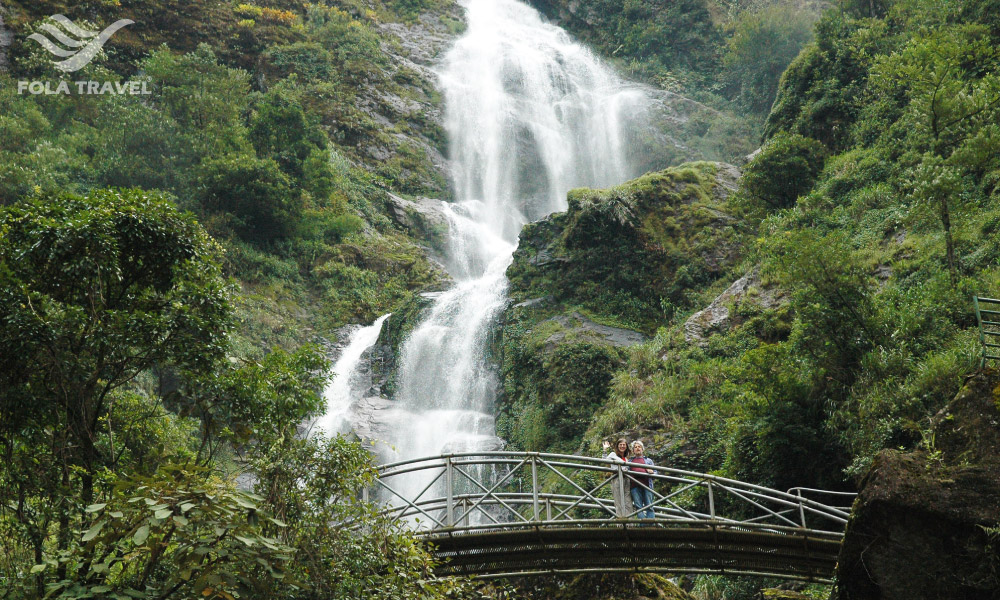
Located on the road up to O Quy Ho Pass, the oolong tea hill makes a strong impression with the unique panorama of the gentle hills covered with the verdant tea clusters. Adding to this picturesque scene are pink cherry trees planted among the tea rows, creating a breathtaking landscape that feels straight out of a painting.
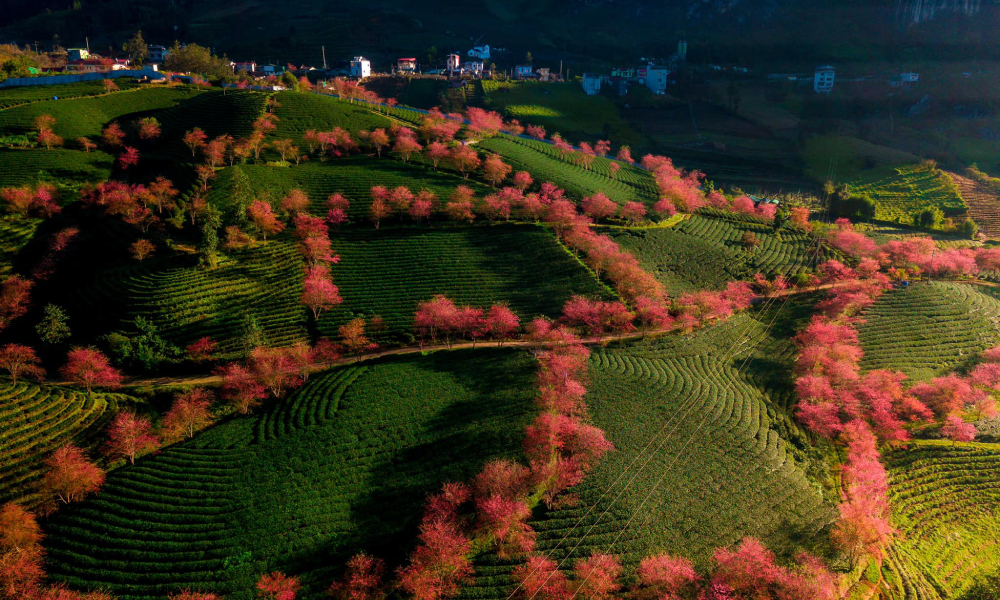
When you’re heading to O Quy Ho Pass, it’s smart to pack for comfort and safety.
Clothing-wise, you’ll want long-sleeved clothes to help with insects and keep you warm, especially if you’re going in the fall or winter. During winter, Sapa can get pretty cold, so definitely pack a coat, scarf, gloves, socks, and fur-lined shoes. Just make sure whatever you bring is comfortable and not too bulky.
Remember to always have water and some snacks on hand for quick energy boosts.
Finally, you should bring a basic first-aid kit, with essentials like bandages, cold medicine, and fever reducers. Insect repellent, wind oil, and medicine for insect bites are also really helpful to have.
You don’t need to pay an entrance fee to travel and sightsee along O Quy Ho Pass. However, at some tourist attractions under Sapa management units, like Heaven’s Gate or O Quy Ho Tea Hill, you need to pay a certain fee to enter the gate and take photos freely.
If you book a tour with Fola Travel, all these entrance fees are included in the final tour price, so you won’t have to worry about them during your trip.
SHARE YOUR OPINION